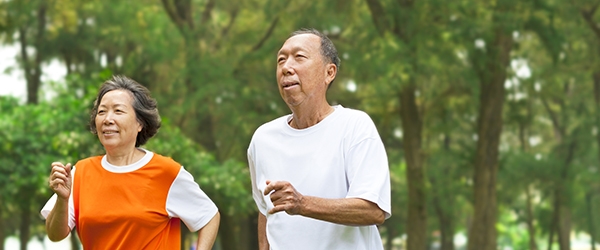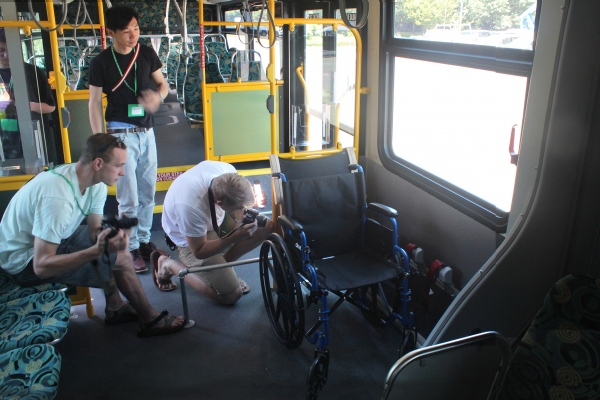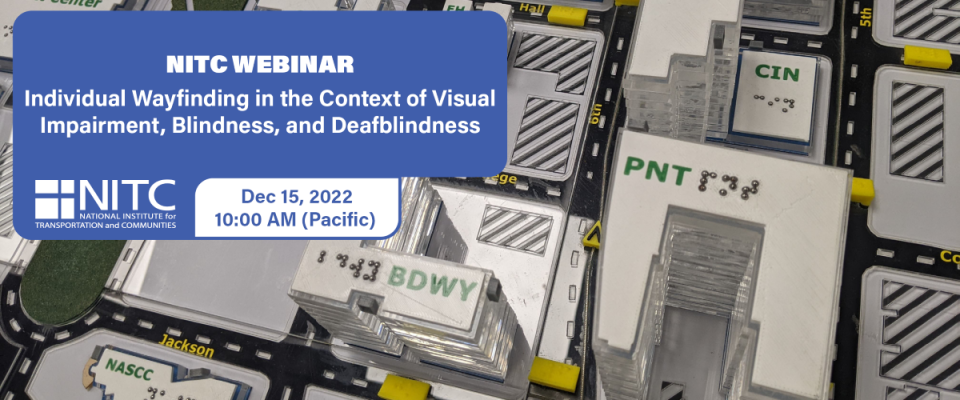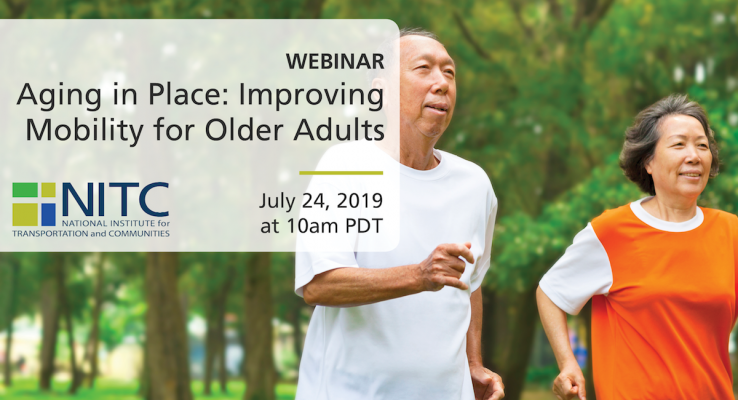The video begins at 1:24.
This project will help demonstrate how sustainable ("green") streets contribute to the well-being of a community, including the physical and mental health of older and younger adults, along with the environment and economy. The project will collect data in Portland, OR neighborhoods to answer the following research questions:
Are residents living near sustainable streets more physically active in their neighborhood?
Do residents living near sustainable streets interact with neighbors more and demonstrate higher levels of neighborhood social capital?
What are residents’ opinions of sustainable streets?
Are there variations in responses to sustainable streets by age or other demographics? In particular, how to older adults differ from younger adults?
Does the implementation process and design affect green street outcomes?
Do sustainable streets affect home values?
How do green streets affect stormwater flows, urban heat island, and carbon sequestration in Portland neighborhoods?
The project includes a survey of residents in two neighborhoods with green street features and two control neighborhoods; an environmental assessment of the green street treatments; and an analysis of housing values using a hedonic modeling approach.
The project will be guided by an Advisory council of members of various stakeholder organizations...
Read more




